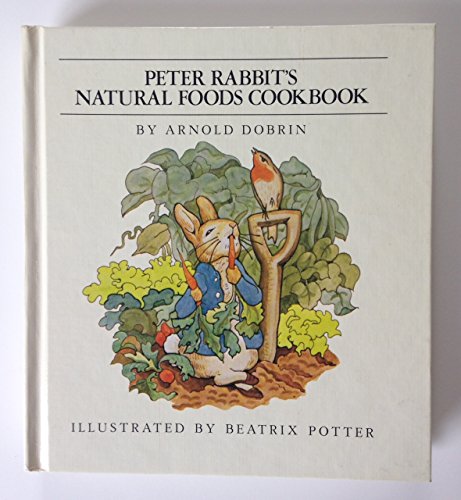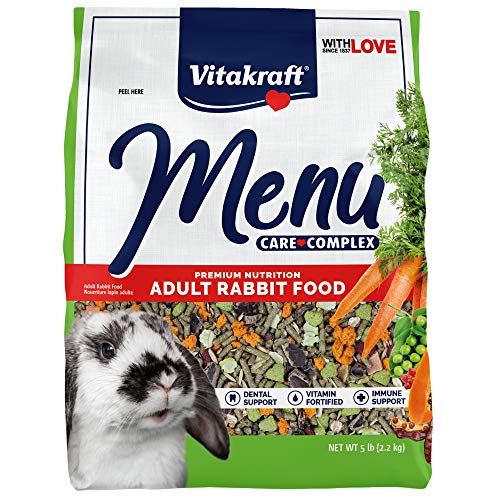Rabbit coat colors are an ideal intro to Mendelian inheritance because coat color, and coat type to a lesser extent, are mostly controlled by discrete genes that are inherited in a straightforward manner, and display pretty predictable dominance/recessiveness and gene interaction patterns. Many physiological characteristics, though, in rabbits and most other creatures, are controlled by multiple genes in non-Mendelian patterns, sometimes in linked, additive and/or interactive ways.
As far as I know, there is no single gene that produces a giant rabbit, in the way that the dwarf allele <
dw> produces a dwarf rabbit. Giant rabbits are the result of selective breeding; their traits (large ears, heavier bone, etc) are related to increasing size, and depend on the intersection of some number of genes rather than any one particular gene. So when you cross a Flemish with a smaller breed, you usually get a range of sizes in the litter. Many may inherit the heavy bone and large ears of the Flemish, but they generally will not be as big or extreme as the Flemish parent. In fact, any extreme trait requires constant selection to maintain. This includes dwarf rabbits which, if they are not constantly selected for small size, will get bigger than the standard requires, even as they retain the smaller-than normal ears, round head and short legs produced by the dwarf gene.
If you want to investigate further, chapter 8 in
The Genetics and Genomics of the Rabbit (ed. L. Fontanesi, 2021) gives a pretty exhaustive 25-page table of known morphological and physiological traits and disorders, and the inheritance and molecular genetics behind them.
As
@judymac points out, wool comes from the homozygous allele <
ll>, but the qualities of the wool depend heavily on many other genes and modifiers (some known, some not). It is notated in the lower case <
l> as a recessive allele, but in some cases it actually functions like a partial recessive; sometimes a rabbit heterozygous for the wool gene <
Ll> will have slightly longer, thicker and denser fur. So, breeders of numerous breeds have added an angora to their lines to improve fur density and length. Holland Lops are one example, which is one reason that Holland fur is relatively long and dense, and why "fuzzies" pop out of purebred Hollands fairly regularly.
So, while a homozygous non-wool rabbit <
LL> bred to an angora <
ll> will give you all non-wool coats (though they may have longer, denser fur), many breeds already have that wool gene lurking in the background. It will show up when you cross an angora with your unknown wool carrier, in babies that are woolly in the first generation. This happened in our barn when my daughter bred a beautiful purebred white Satin buck (with
great density!) with her French/Satin Angora doe. Her aim was to improve body type in the long run, but in that first generation, half the babies were woolly! It was an all-around success, too, as one of the babies with a French coat went on to win BIS at an ARBA youth show, and even placed in the meat show at the fair, which was, to that point, unheard of for an angora! And in further agreement with
@judymac, the bunnies with satinized wool were a lot higher-maintenance and much more prone to matting and felting.
Again, if you want to read into the gritty details of rabbit fur and fiber genetics, see chapter 7 by D. Allain in the same book mentioned above -
The Genetics and Genomics of the Rabbit.
As far as interaction between angora <
ll> and maned <
M_>, I've not heard or read any discussion of that; it's an interesting question. All I have to offer is that it probably wouldn't be done by most Lionhead breeders. Lionheads have a particular pattern to their wool growth, with disqualifications for wool longer than 1" on the face, for heavy wool more than halfway up the ears, for any wool at all in the saddle area, and for lack of a clean area of normal fur between the mane and the side and flank wool. It's actually a very difficult thing to breed a Lionhead that truly adheres to the standard. And since the angora gene causes wool to develop all over the body, and sometimes on the head and ears as well, <
ll> would most likely wreak havoc with the distinctive look of the mane and flank wool on a Lionhead. But since the two fur types are assumed oto beon different genes, you possibly
could have a rabbit that was homozygous both both <
ll> and <
MM>.
If you're interested in the molecular genetics of fur development, an interesting article is here:
Rabbits – their domestication and molecular genetics of hair coat development and quality
https://onlinelibrary.wiley.com/doi/10.1111/age.13024






















































